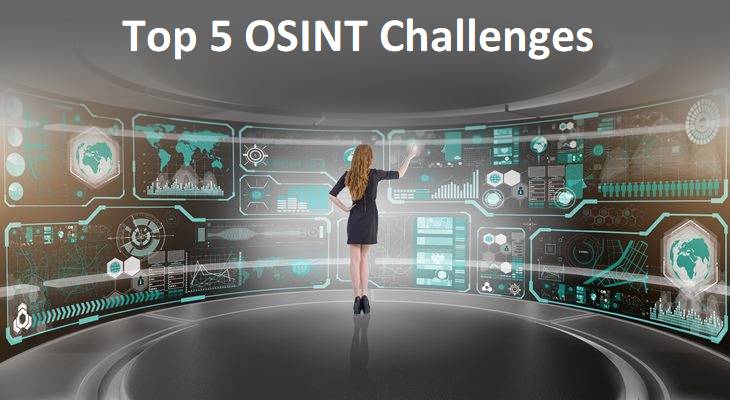Vendor Management systems are suitable for conveying subcontracting services in today's workstation. This methodology permits users to leverage the best provision for an actual business environment.
Besides, many industries, such as finance and healthcare, face gradually stringent procedures that place an affliction on the client to ensure regulatory compliance with its vendors throughout its service delivery chain.
Vendor governance and controls are suitable for high priorities for subcontracting clients. These areas have often in the past, but trades now mess that the lack of vendor managing is a factor in sinking the value of outsourcing.
This foundation discusses the following eight developments in vendor management and how an organization can take advantage of them:
Standardization:
The standardization of subcontracting processes allows organizations to expand vendor controlling and achieve an improvement in an increasingly competitive business environment.
Regularization provides administrations that perform financial services with greater confidence regarding adjusting reviews.
Informal journals by the Office of the Comptroller of the Currency (OCC) are becoming more common, so it's important to implement stock practices and document them satisfactorily.
Greater regularization will also surge the demand for more automated tools for acting vendor management.
Vendor Association:
The improved primacy for omission over third-party vendors is causing users to center on audits as a means of justifying impassiveness among vendors.
Small firms, with fewer than 50 workforces, will be unable to bear the increasing costs of regulatory compliance.
Robotic Process Automation:
RPA is the software known as virtual robots to spontaneously impact existing applications in a manner to that of a person treating an application.
RPA tools afford the maturing to shrink operational costs since they're able to accomplish routine functions at a lower cost than human workers.
RPA is mainly essential to banking organizations since it directly reports some of the requirements for monitoring compliance.
The use of RPA tools to ensure passivity will increase and provide creativity with an improvement, due to their capability to improve the speed, accuracy, and suitability of outsourcing services.
Organizations that use RPA will also gain an advantage in their ability to bring vendor management and governance solutions to the market.
Labor arbitrage:
Enterprises will put effort into motivating higher levels of enactment to achieve the business occasion for subcontracting rather than looking for sources of low-cost labor.
Research shows that governance in a multi-vendor can raise productivity by six times more than similar progress management over labor costs.
Other inclinations also are aggregate the need for governance, resulting in a complex environment that erodes the value of the multi-vendor market and adversely affects customer service.
Third-party Governance:
The need to improve the philosophy of awareness and assurance toward adjusting compliance will lead to increased inexactness over governance of third parties.
The capability of organizations to rejoin adjusting rations will continue to be outpaced by the proliferation of those regulations.
The inclination towards greater third-party governance will lead to an increasing recognition that enterprises must go beyond merely providing an amenity to procedures.
Early measures in this process will typically include the growth of new corporate policies, which should lead to the development of enforcing the desired behavior.
Modernization:
Innovation in subcontracting includes concepts such as unremitting enhancement and headship. These topics may be covered thoroughly during consultations, but often fail to meet expectations after the contract is signed.
Service providers are now more ready to look for advanced ways in which to distinguish themselves from their opponents.
The pervasive use of mature offshore services means that labor costs are often almost equal among many providers. This trend means that the workers must find other ways to reduce prices over time.
Relationships:
A purchaser that has already outsourced services has learned important instructions in managing outsourcing treaties.
These lessons afford the break to take corrective action in the next correlation with a service provider. Qualified clients are more likely to recognize the reputation of managing merchants and the subcontracting process.
They also understand that domination should go beyond simply working the contract to include a command with the service provider.
Users with familiarity in subcontracting are generally improving the methods and organization of their Vendor Management.
This development includes an alteration from an unbearable one service provider to fulfill all sourcing requirements to multiple providers, including insourced and outsourced services.
Service levels:
The subcontracting market traditionally focuses on a large number of metrics to determine typical service levels.
Service providers have traditionally been averse to measuring their performance beyond the scope of the contract.
This development should not imply that providers will willingly agree to additional SLAs, especially those which could be used to terminate for cause.
An enhanced acquiescent of these trends can help enterprises to structure more positive contracts and develop more mature relationships with their service providers.
Vendor management is seemly vital due to higher competitive pressures, regulatory scrutiny, and multi-vendor delivery models.
Recommended For You -
Top 10 Emerging Technology Trends in 2018
Staff Augmentation Vs. Project Outsourcing: Understanding the Difference





